"It's like sleeping on the floor" — I’m a side sleeper, so why does every mattress supposedly made for me feel too firm?
I've yet to find a mattress for side sleepers that feels just right — and I think I know the reasons why
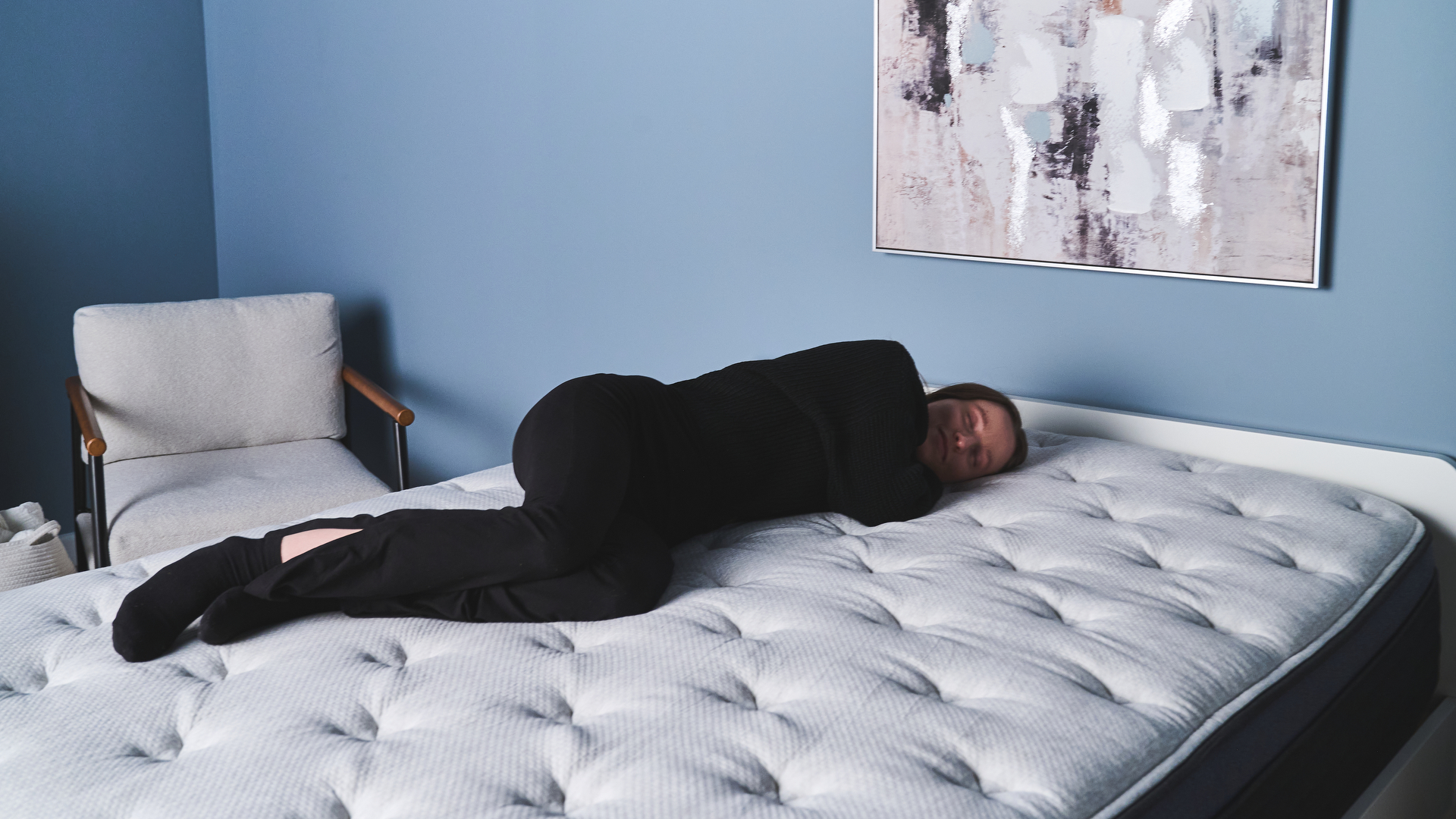
One of the many benefits of testing sleep products is that I get to choose which mattresses I review. As I'm predominantly a side sleeper, I aim to pick a plush mattress that's designed especially for that sleep style.
So why do I find every tailor-made mattress for side sleepers too hard?
Even as a member of the testing panel for the highest-rated bed we've tested so far — a mattress that every other side-sleeping tester loved — I said it was "a little too firm" and "didn't have that luxe-hotel plushness."
I've made similar comments about the contenders in our best mattress for side sleepers guide as well. After being let down by the promise of cloud-soft comfort so many times, I contemplated the reasons these particular mattresses miss the mark for me.
The mattresses I've tested...
Let me begin by saying that I did not grow up sleeping on luxury mattresses fit for five-star hotels.
In fact, before I started this job, I only ever slept on cheap spring mattresses that were worn-out, unsupportive, and creaky.
But you know what? I loved them. Looking back, the lack of support is probably what I liked about them because it made them soft and contouring when side sleeping, although they were probably really bad for me whenever I'd occasionally sleep on my back.
When I became a testing panelist for the Helix Midnight Luxe mattress review, I was excited to try a luxury mattress designed especially for side sleepers. I even got to sleep on it for a week.
However, the Helix Midnight Luxe felt much firmer than I thought it would, despite other testers raving about how it soothed the pressure points in the shoulders and hips.
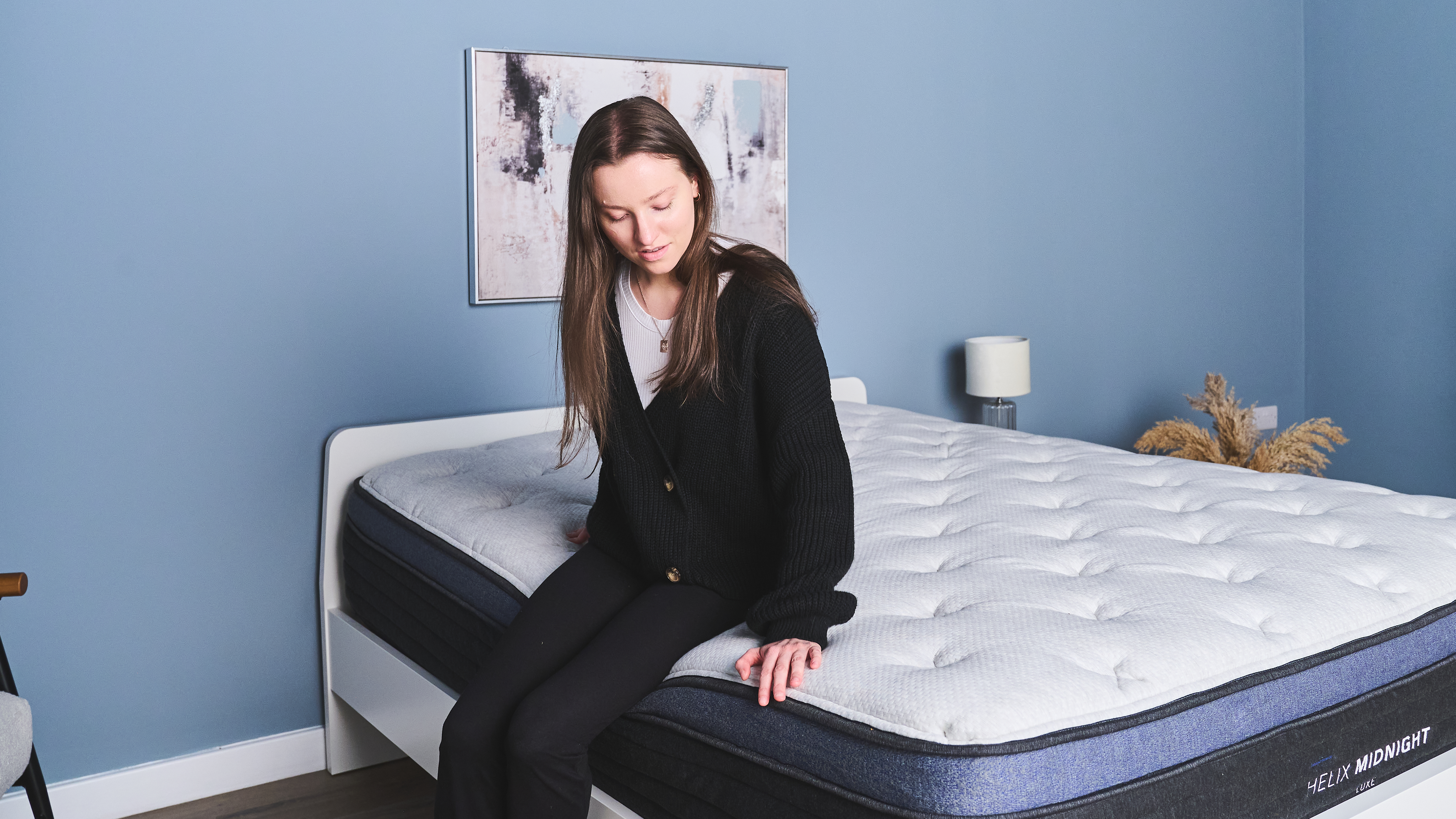
Next, I was part of the testing panel for the Saatva Classic Mattress review. The Saatva Classic has long been a favorite of my fellow reviewers and is often considered the greatest mattress of them all thanks to its quality design.
It comes in three comfort levels; we tested the Luxury Firm mattress, as it's designed to cater to most sleep styles, including side sleeping. But again, I ended up disappointed by its lack of plushness.
When I became the lead tester for both the Nolah Natural 11 mattress review and the Leesa Legend Hybrid mattress review, I was hopeful that either one of them would deliver the plushness I so craved as a side sleeper.
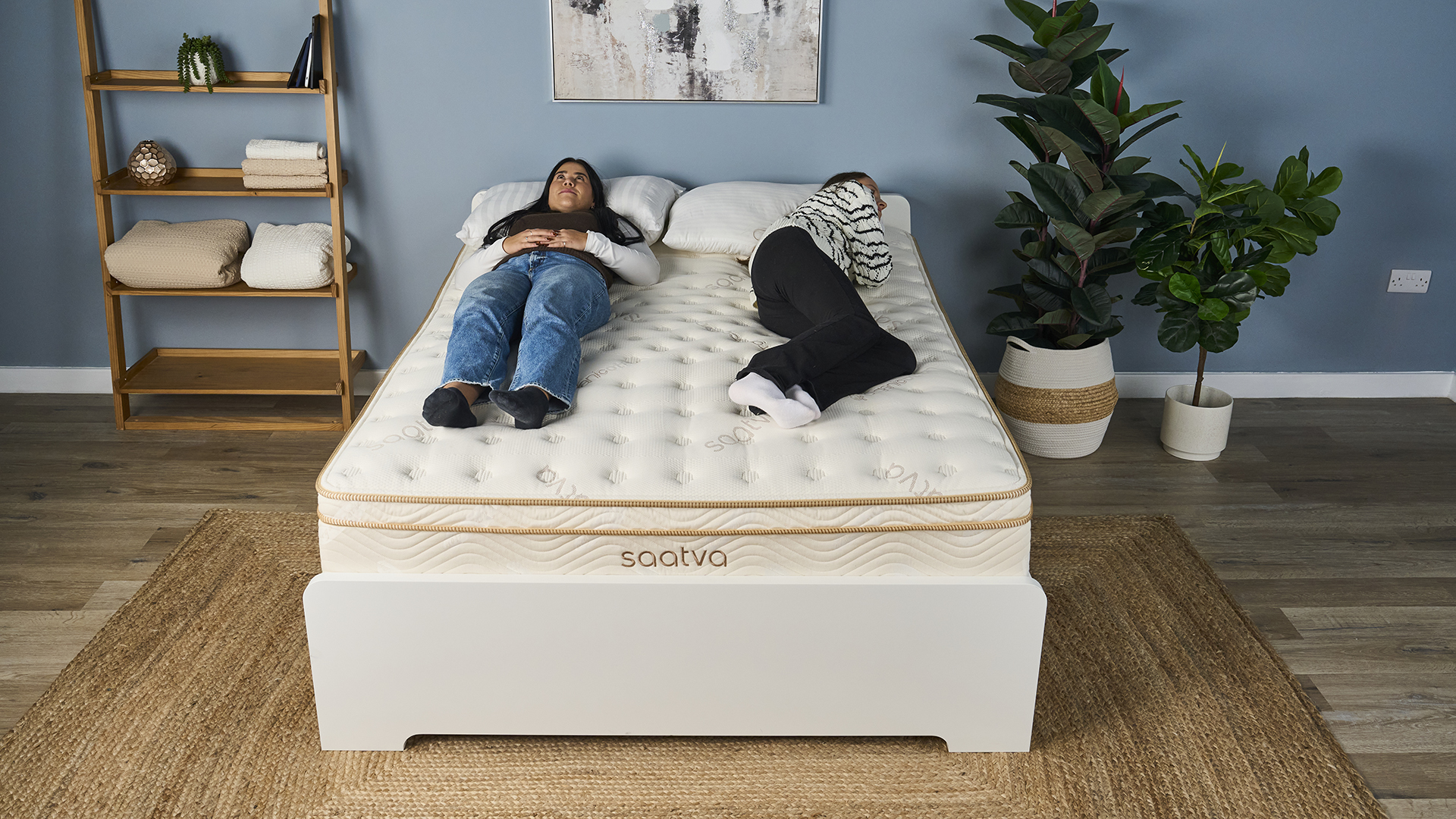
Nolah's About Us page describes itself as a side-sleeper brand that has a "focus on a single sleep position" and aims to "craft dream mattresses for side sleepers".
And take a look at the description for the Leesa Legend Hybrid: "Best for sleepers (especially people who sleep on their side) who want extra pressure relief for their hips and shoulders."
Surely I'd struck gold with these mattresses — but alas, neither one provided the marshmallow softness I'd hoped for.
But why were all these mattresses too hard for me when every other side sleeping tester seemed to love them? I came up with several theories.
3 reasons why the side sleeper mattresses I've tested were too firm for me
1. They're all hybrids
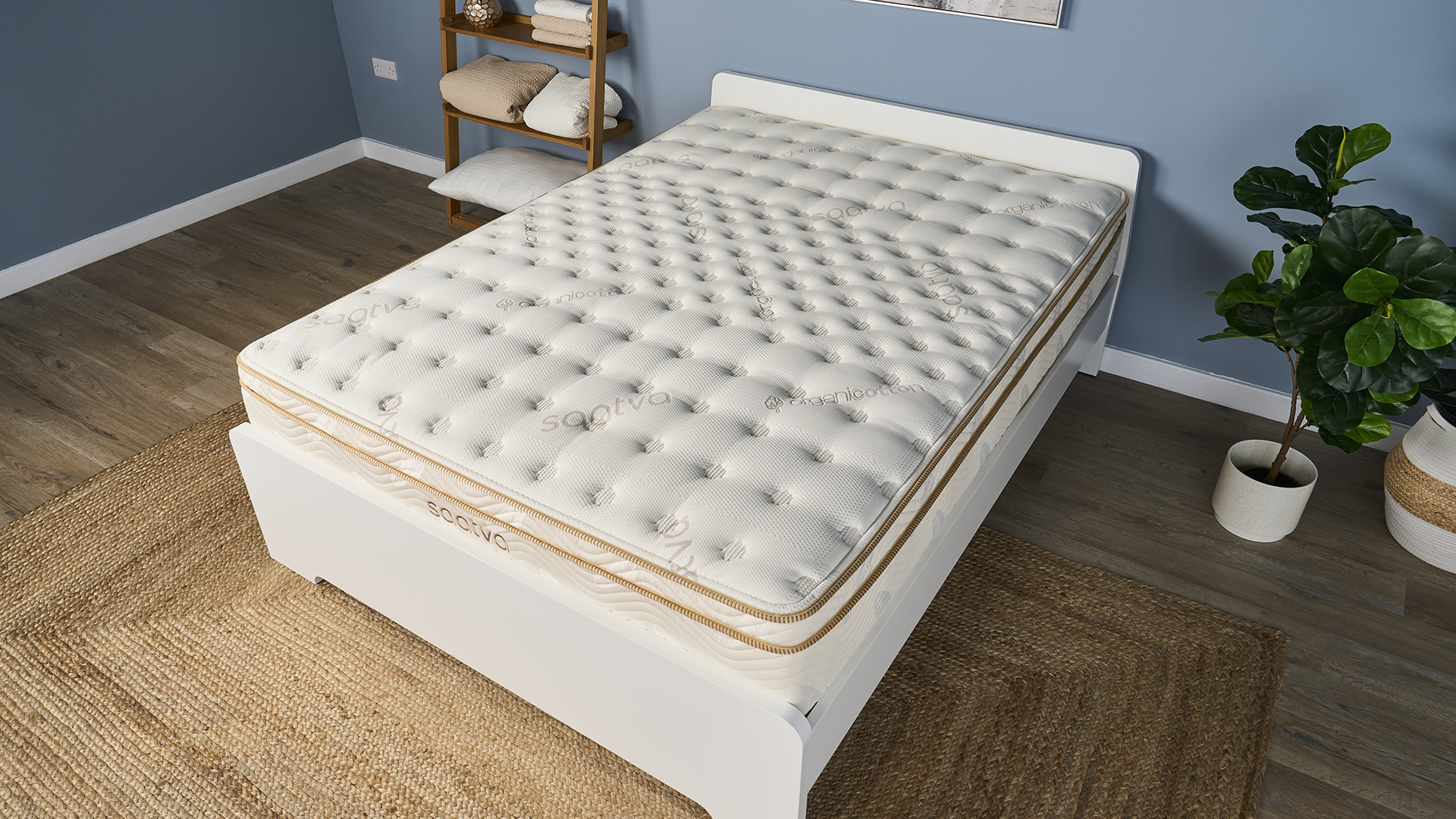
Don't get me wrong, hybrid mattresses have been a game-changer for the mattress industry. But sometimes, for me, they feel like sleeping on the floor.
The best hybrid mattresses combine both foam and springs for a balance of cushioning comfort and firm support — but the addition of springs can sometimes mean that balance is in favor of the firm support
As all the side-sleeper mattresses I've tested have been hybrids, the springs may be to blame for the firmness I'm feeling.
2. They're medium-firm
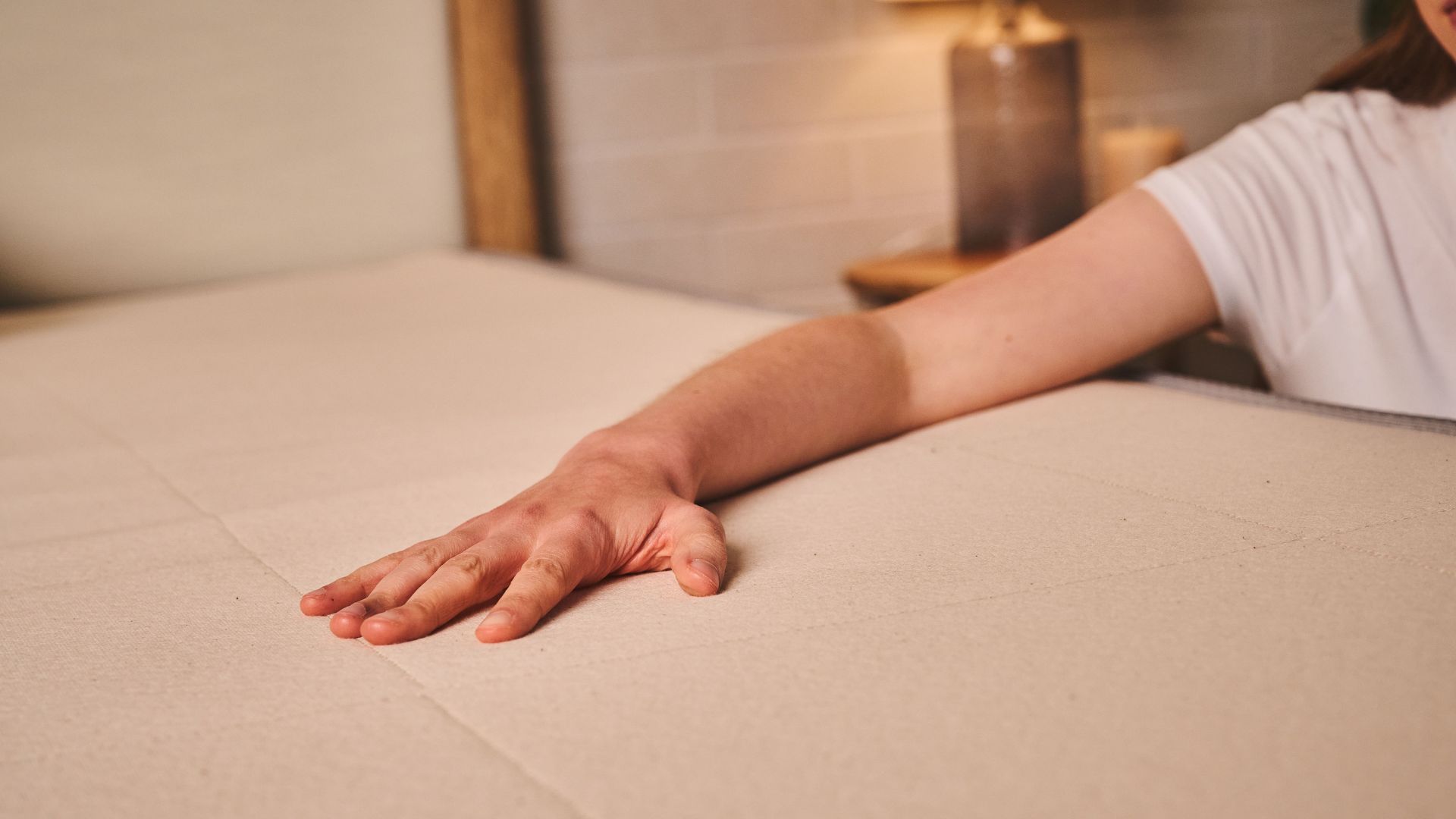
All the mattresses I've tested have also been rated medium-firm, meaning they fall between plush and firm.
The best medium-firm mattresses are designed to cater to all sleep positions, even if an individual mattress is said to be tailored towards side-sleeping, as they offer a Goldilocks-level of comfort.
While medium-firm offers a great mixture of support and comfort to back sleepers or combination sleepers who need to be well-supported in all positions, it can be way too firm for some side sleepers who need extra cushioning.
3. They're built for side sleeping — but not my weight
Another reason why my fellow side-sleeping testers love a mattress I didn't care for could come down to personal preference — some people just like a firmer bed — but it could also come down to body weight.
The heavier you are, the firmer your mattress needs to be to provide enough support for your weight.
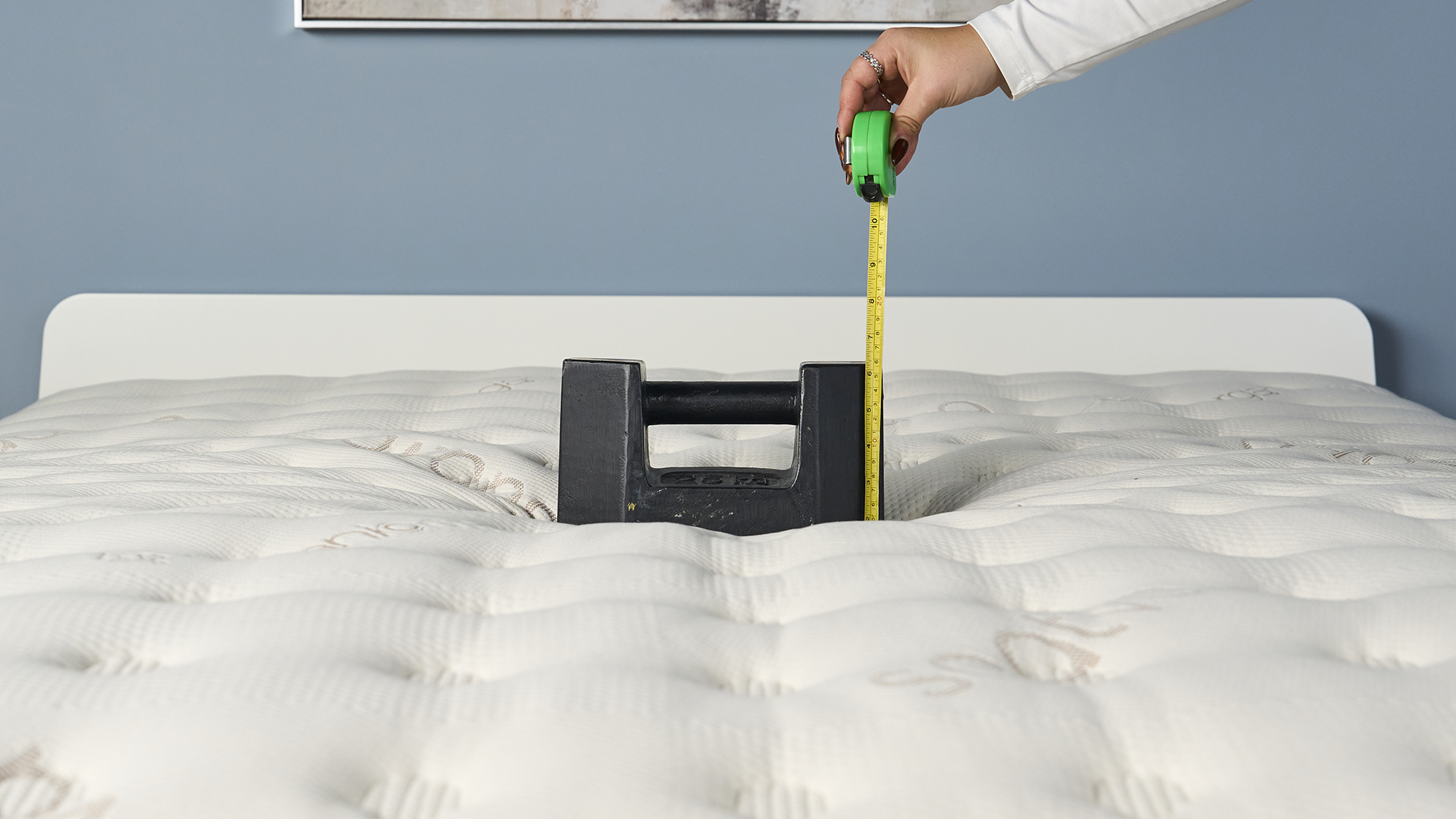
Heavyweight side sleepers (those who weigh over 230lbs) will need a firmer mattress such as the ones in our best mattress for heavy people guide, while average-weight sleepers (130-230lbs) should find medium to medium-firm mattresses comfortable.
Meanwhile, lightweight side sleepers such as myself who are less than 130lbs need plusher beds. Most side-sleeper mattresses are designed for average-weight side sleepers, so they're always too firm for me.
3 things I'm going to look for in a side sleeper mattress from now on
1. An all-foam design
Look, I'm not saying that all memory foam mattresses are soft enough for side sleepers — just take a look at our Siena Memory Foam mattress review — but most provide the body-cradling foam that side sleepers love.
Without the springs to add firmness, maybe a body-hugging memory foam mattress is ideal for me.
2. A plush rating
As I mentioned earlier, a medium-firm rated mattress is too hard for me, so my best bet would be a mattress that's rated medium-plush or plush.
That said, many brands gauge the firmness of their mattresses based on what testers and customers say. Naturally, average-weight and plus-sized sleepers may rate these beds softer than lightweight sleepers.
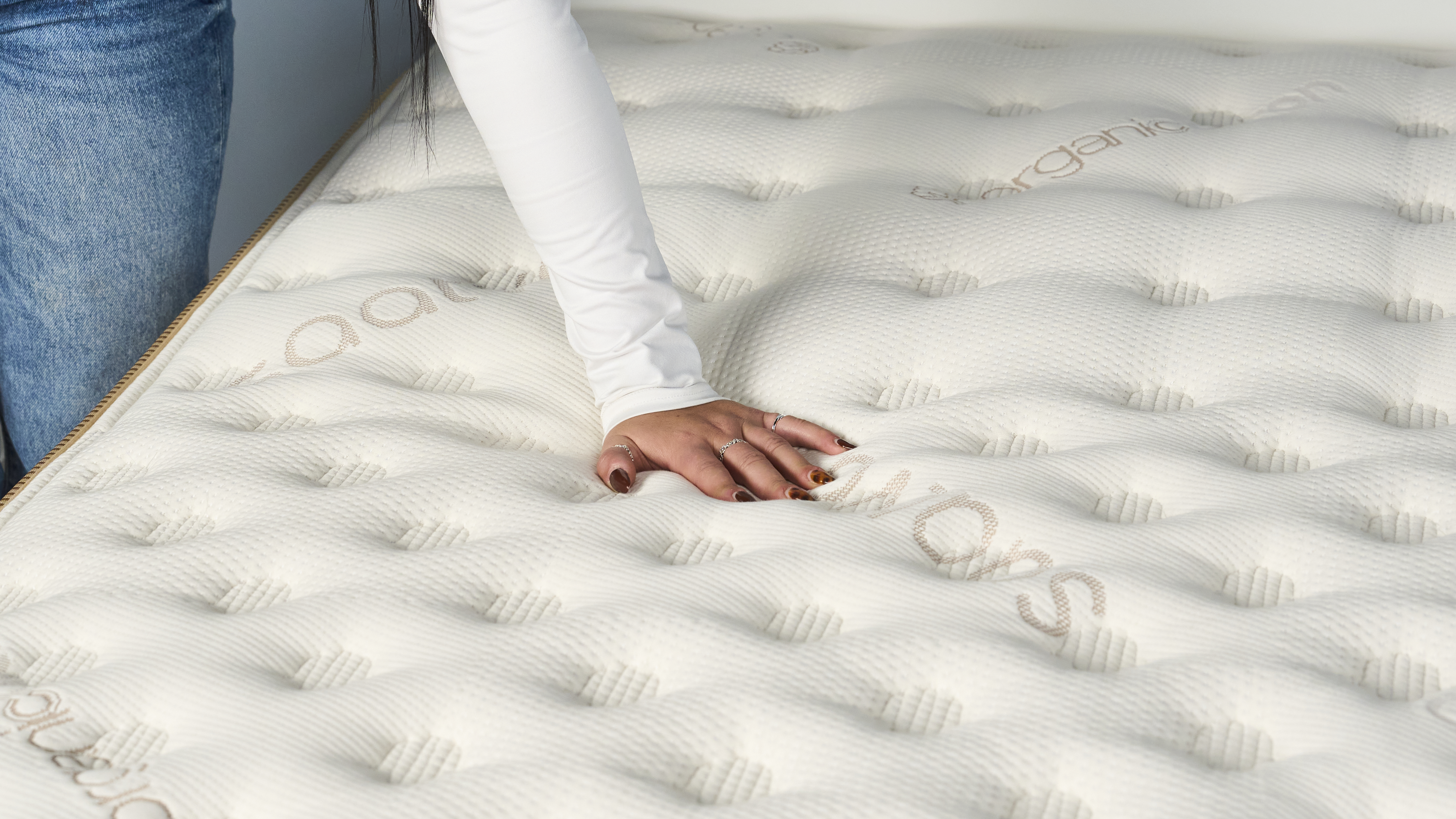
For instance, the Leesa Legend Hybrid is rated as medium-plush on the website, but it's based on customer surveys. This rating method may explain why that mattress was too firm for me.
Some mattresses, like the Saatva Classic, come in multiple firmness levels, with Plush being one of the options. If I were to test the Saatva Classic again, I would definitely pick the Plush option.
3. A pillow-top
When doing some hands-on testing for the Plank Firm mattress review, I was surprised by how cushiony it was when I was lying on my side, even though it's clearly a firm mattress. I credit the quilted pillow top on the Plank's less-firm side for that.
The best pillow-top mattresses may not all offer plush comfort, as some are medium-firm, but the addition of a pillow top on an already plush mattress can make all the difference.
Sign up to get the BEST of Tom's Guide direct to your inbox.
Get instant access to breaking news, the hottest reviews, great deals and helpful tips.
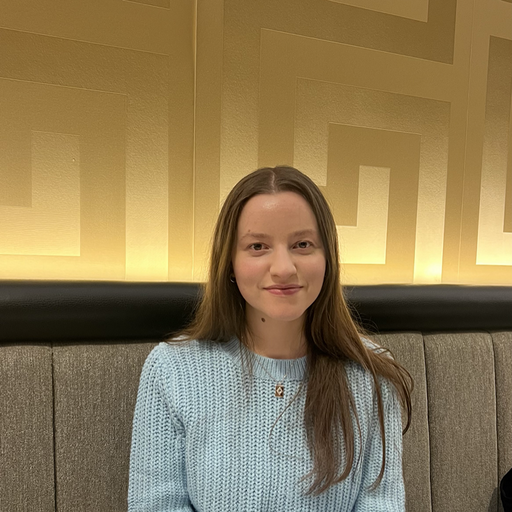
Frances Daniels is a PPA-accredited journalist and Sleep Staff Writer at Tom's Guide with an MA in Magazine Journalism from Cardiff University. Her role includes covering mattress and sleep news and writing sleep product reviews and buyer's guides, including our Best Hybrid Mattress 2025 guide. She is hugely interested in the relationship between good sleep and overall health, interviewing a wide array of mattress and sleep experts to create well-informed articles about important topics such as nutrition, sleep disorders (from sleep apnea to night terrors), lucid dreaming, sleep hygiene, and mattress care. She is also our specialist on mattress toppers — producing mattress topper reviews and taking care of our Best Mattress Toppers 2025 guide — and takes the lead on all content related to fiberglass-free mattresses for a clean, non-toxic sleep. Outside of Tom's Guide, she has written for Ideal Home, Homes & Gardens, and Marie Claire.
You must confirm your public display name before commenting
Please logout and then login again, you will then be prompted to enter your display name.
